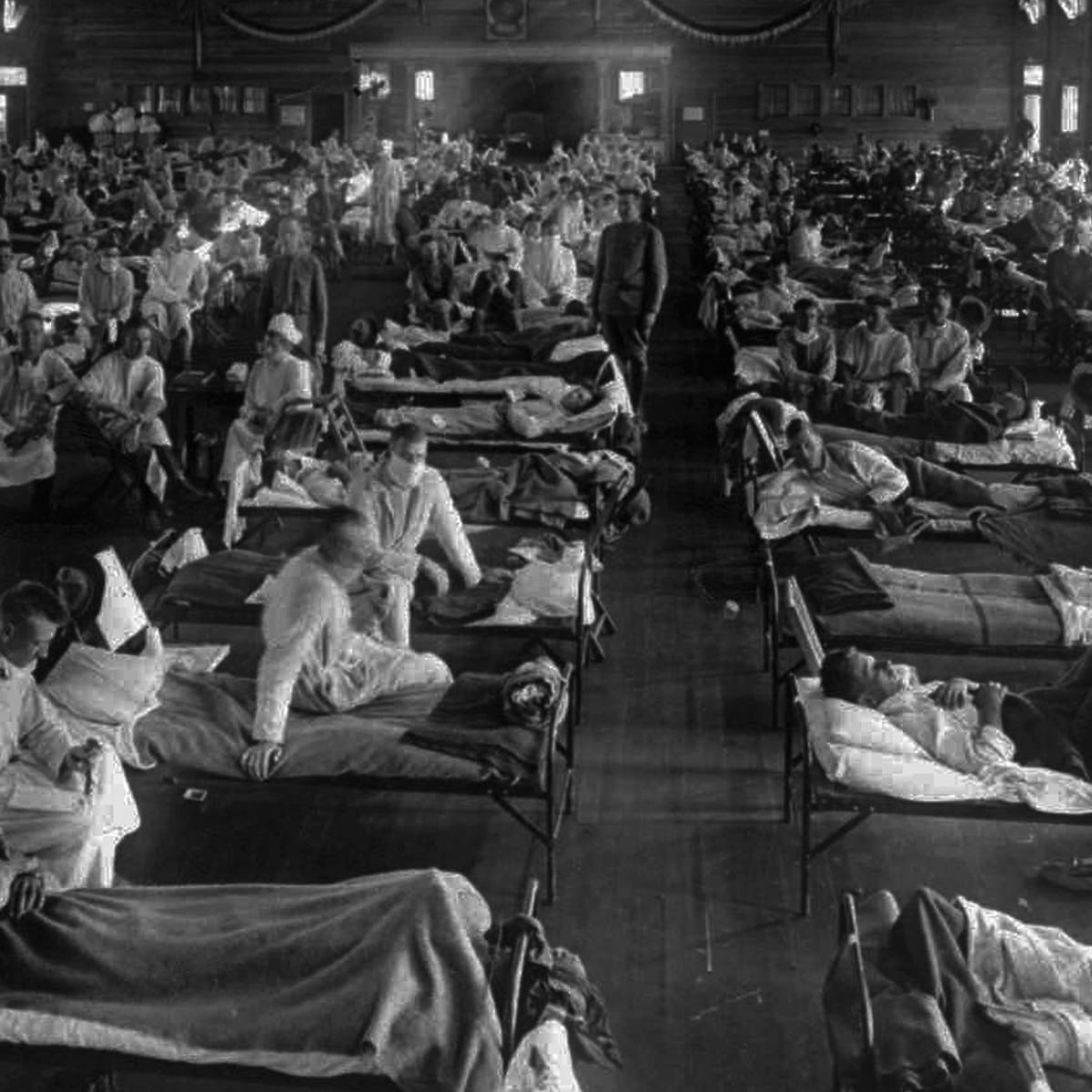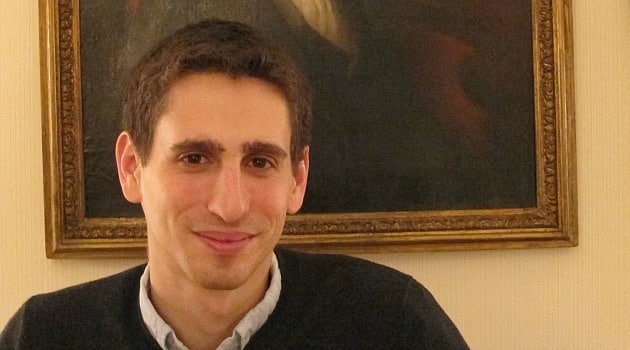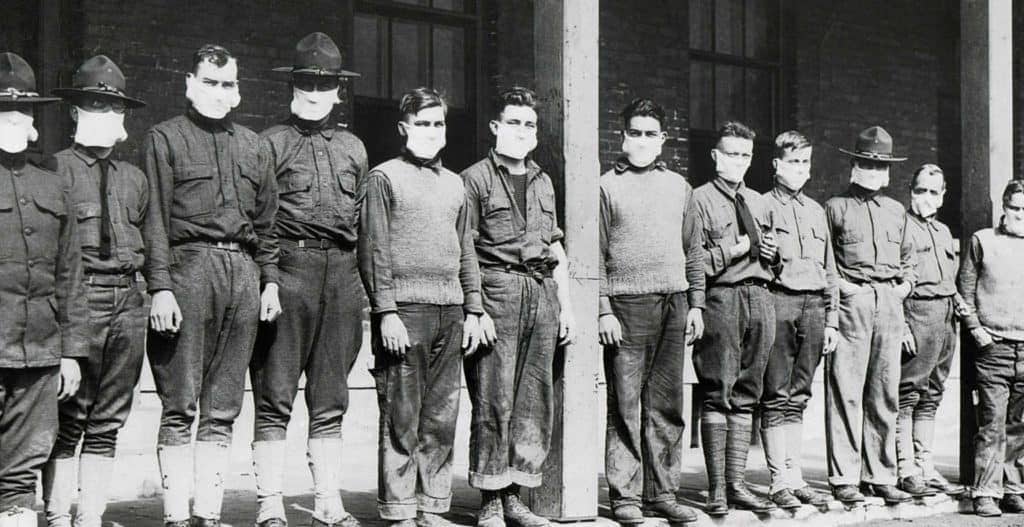The Spanish flu is frightening because it demonstrates that in a reasonably modern society a pandemic killing tens of millions of people is very plausible. 2018 Is Not That Different from 1918 March 9 2018 The Spanish influenza cataclysm ignited 100 years ago this month.
/cdn.vox-cdn.com/uploads/chorus_asset/file/19779395/GettyImages_1174299512.jpg) Spanish Flu How It Compares To Covid 19 Coronavirus In Death Rate And Other Factors Vox
Spanish Flu How It Compares To Covid 19 Coronavirus In Death Rate And Other Factors Vox
Our World in Data March 4 2020.

Is the spanish flu still around. It is not know precisely where the 1918 Spanish flu began but it took its name from the first cases discovered and publicised in Spain. Called inappropriately the Spanish flu some theorize that the actual first case of this flu was. With the world still locked in the grip of the.
USA TODAY June 30 2020. The 1918 Influenza pandemic sometimes referred to as the Spanish flu was the most severe. China France and the.
At its height the disease is believed to have infected a. An unthinkable 50 to 100 million people worldwide died from the. The Spanish flu was the deadliest pandemic in history killing around a third of the worlds population including the young and healthy.
A startlingly dangerous molecular mutation utterly unforeseen ushered in a flu that swiftly tore through armies public health defenses and geographic barriers. Some 500 million people or one-third of the worlds population became infected with the 1918 Spanish flu An estimated 50 million people died worldwide with about 675000 deaths occurring in. The truth hasnt been established but there is some disturbing evidence that it wasnt in Spain.
Spain was one of the earliest countries where the epidemic was identified but historians believe this was likely a result of wartime censorship. Why was it called the Spanish flu. Why and How the Flu Still Kills.
In the winters of 1919-1920 and 1920-1921 the Spanish flu made a comeback but it had now morphed into a less virulent virus whose symptoms were almost identical to a seasonal flu. In fact the influenza strain that causes the Spanish flu has remained with us becoming the agent responsible for our routine winter illnesses. The genes map most closely to wild waterfowl from north America.
In the United States it was first identified in military personnel in spring 1918. It is estimated that about 500 million people or one-third of the. But that reasonably modern society was.
Frustratingly it is still not known where and when the Spanish flu acquired its avian genes and first began spreading in humans. The Spanish flu 1918-20. The 1918 outbreak has been called the Spanish flu because Spain which remained neutral during World War I was the first country to publicly report cases of the disease.
The global impact of the largest influenza pandemic in history. The biggest recorded was in the early 20th century around the time of her great-great grandparents. The Spanish flu then spread to Russia India China and Africa.
Although there is not universal consensus regarding where the virus originated it spread worldwide during 1918-1919. Despite its name the Spanish flu was a global pandemic that affected the United States Europe Africa Australia and South Asia. The 1918 flu known as the Spanish flu after the countrys press were among the first to report on it killed between 50 and 100 million people around the world.
The 1918 flu which was known as the Spanish flu didnt actually originate in Spain. After infecting millions of people worldwide the 1918 flu strain shiftedand then stuck around. Scientists still do not know for sure where the Spanish Flu originated though theories point to France China Britain or the United States where the first known case was reported at Camp.
The Spanish Flu a Century Later.












